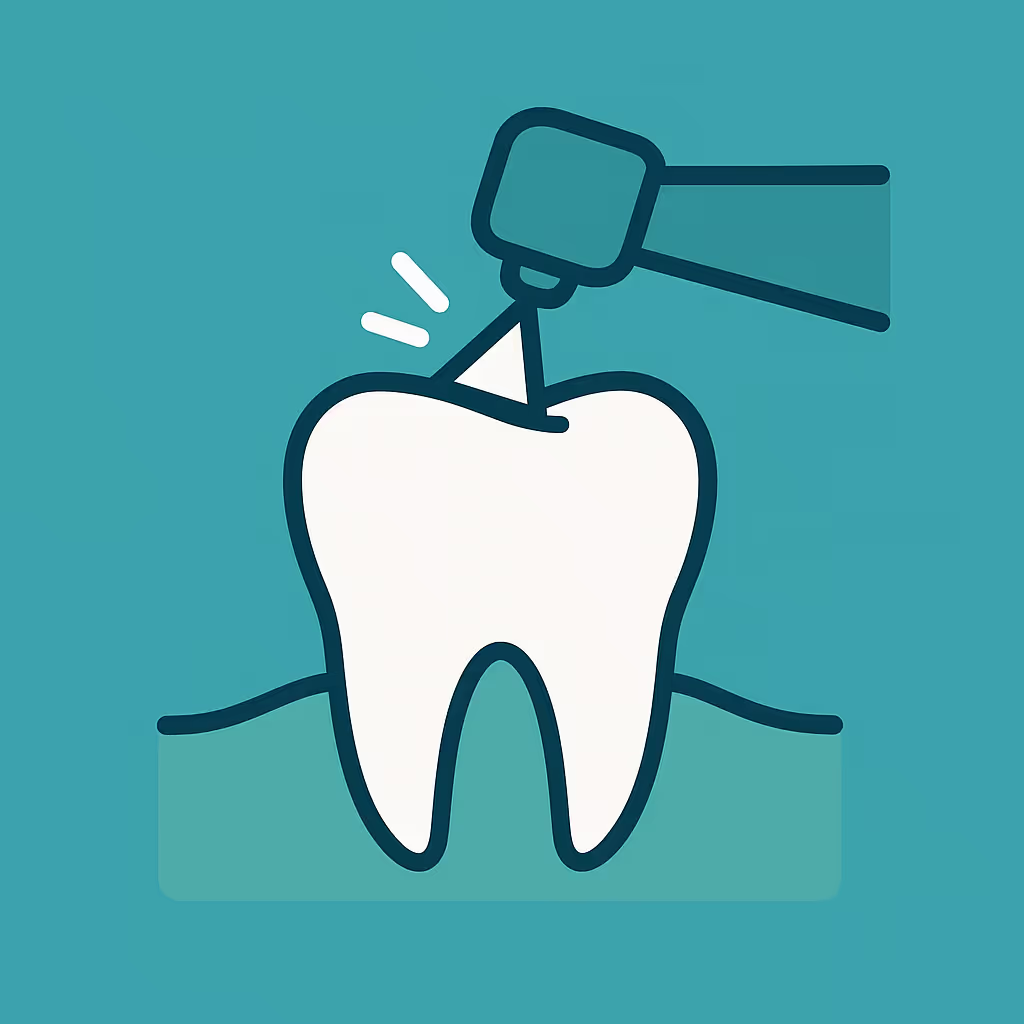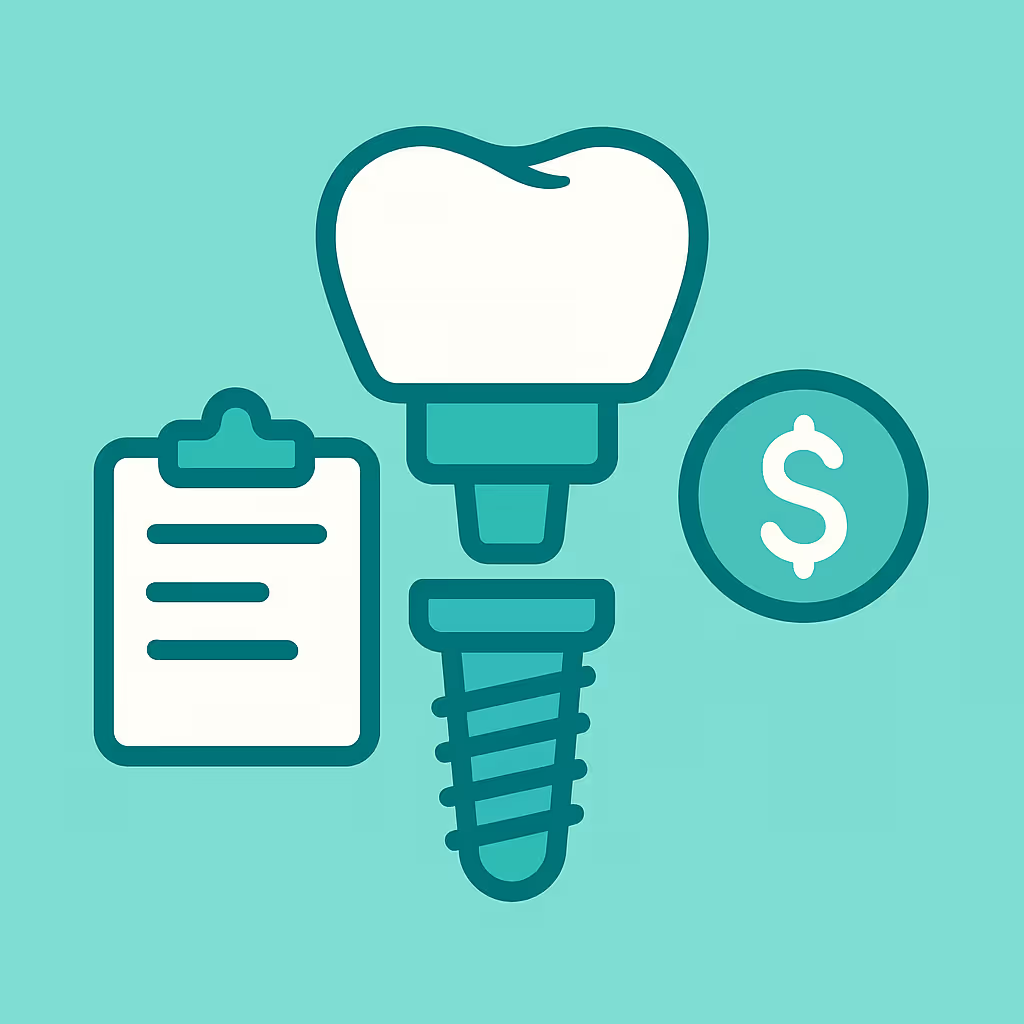Understanding Dental Code D0365
Dental billing teams must stay current with CDT codes to ensure accurate claims and optimal reimbursement. One such code, D0365, is specific to cone beam computed tomography (CBCT) imaging for the mandible. This article clarifies when to use the D0365 dental code, required documentation, billing tips, and a practical example to help your office maximize efficiency and compliance.
When to Use D0365 dental code
The D0365 dental code is used for CBCT capture and interpretation with a field of view covering one full dental arch—specifically, the mandible. This code is appropriate when a detailed 3D image of the lower jaw is necessary for diagnosis, treatment planning, or surgical assessment. Common scenarios include:
- Implant planning in the mandibular arch
- Evaluation of impacted teeth or pathology in the mandible
- Assessment of bone structure prior to extractions or grafting
- Orthodontic or endodontic analysis involving the lower jaw
It’s important to distinguish D0365 from related codes, such asmaxilla or D0367 (both arches), to ensure accurate reporting and avoid denials.
Documentation and Clinical Scenarios
Proper documentation is critical for successful reimbursement. When using D0365, your clinical notes should include:
- Reason for imaging (e.g., implant site evaluation, pathology investigation)
- Area imaged (confirming the full mandibular arch)
- Interpretation findings by the dentist or radiologist
- How the CBCT results informed treatment planning
Attaching a copy of the radiology report and relevant images to the claim can further support medical necessity, especially if the payer requests additional information.
Insurance Billing Tips
To streamline reimbursement for D0365, follow these best practices:
- Verify benefits before the appointment to confirm CBCT coverage and any frequency limitations.
- Pre-authorize with the payer if required, especially for high-cost imaging procedures.
- Use precise coding—do not substitute D0365 for other CBCT codes unless the field of view matches the clinical scenario.
- Submit supporting documentation (clinical notes, radiology report, images) with the initial claim to minimize delays.
- If denied, appeal promptly with additional justification, referencing the patient’s diagnosis and the necessity of a mandibular CBCT scan.
Staying proactive with insurance verification and thorough documentation helps reduce accounts receivable (AR) days and improves cash flow.
Example Case for D0365
Case: A patient presents for implant placement in the lower right molar region. The dentist determines that a 3D CBCT scan of the full mandible is needed to assess bone volume and proximity to the mandibular nerve. The office bills D0365 with documentation detailing the clinical need, area scanned, and interpretation. The claim includes the radiology report and is submitted with a pre-authorization on file. The insurance payer processes the claim without delay, and the office receives payment promptly.
This scenario illustrates how correct use of D0365, paired with clear documentation and insurance workflow, leads to efficient reimbursement and supports optimal patient care.





